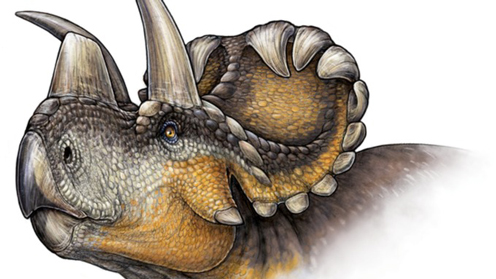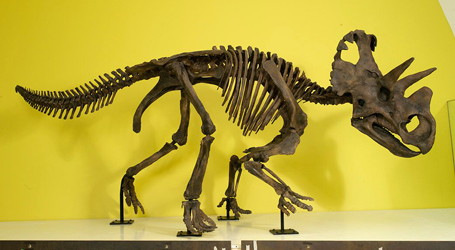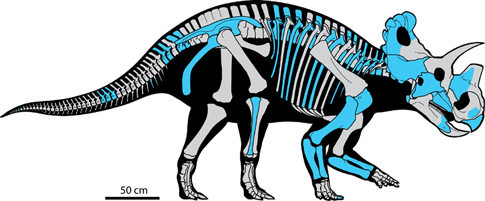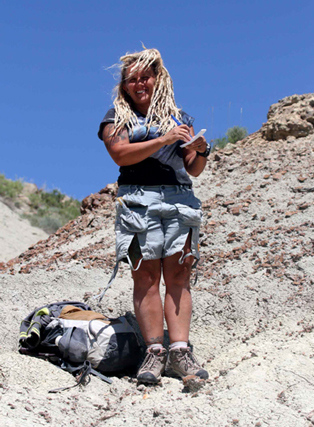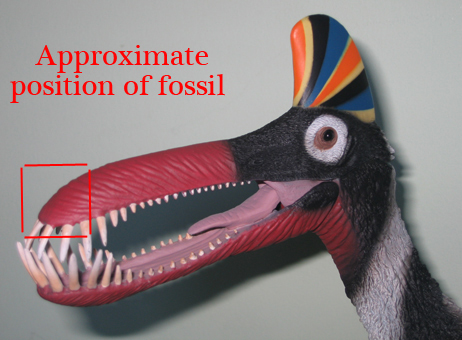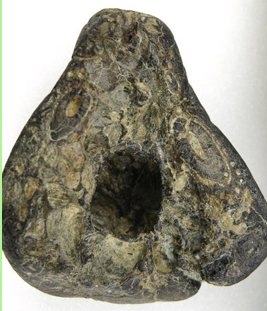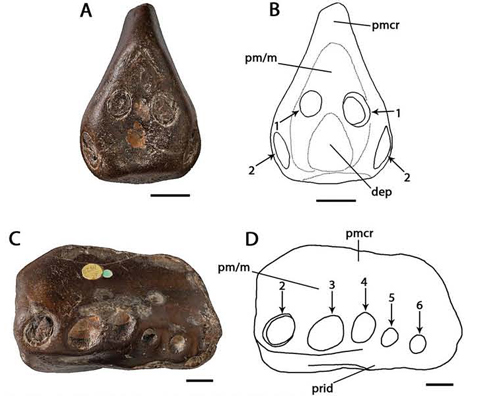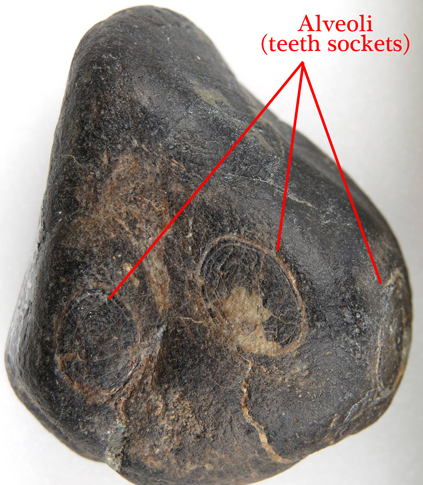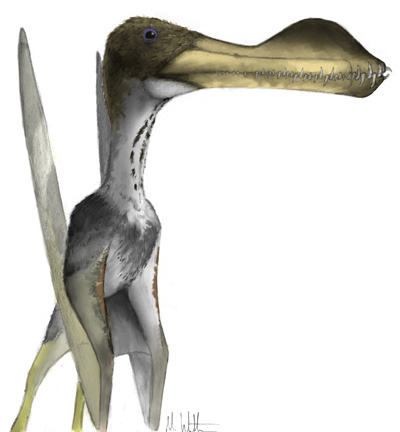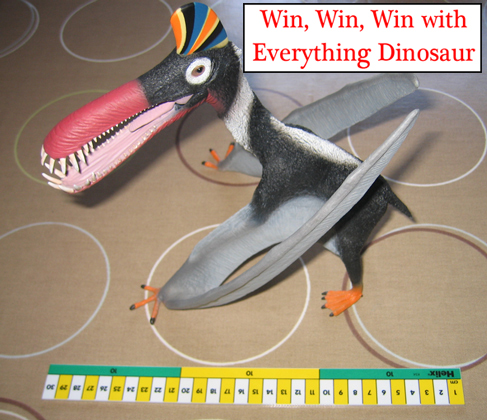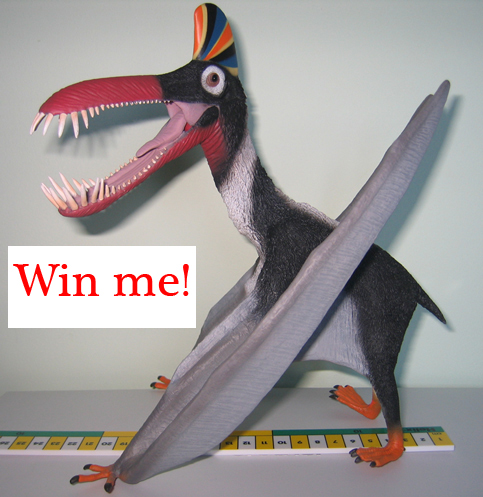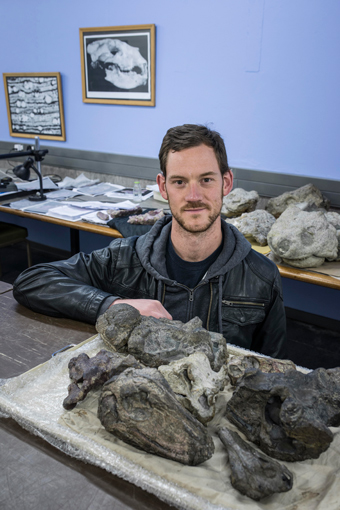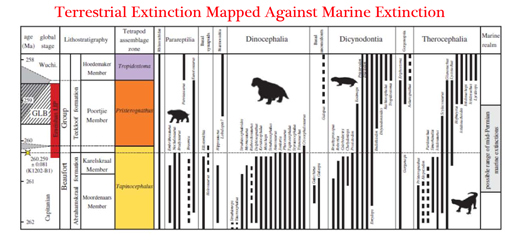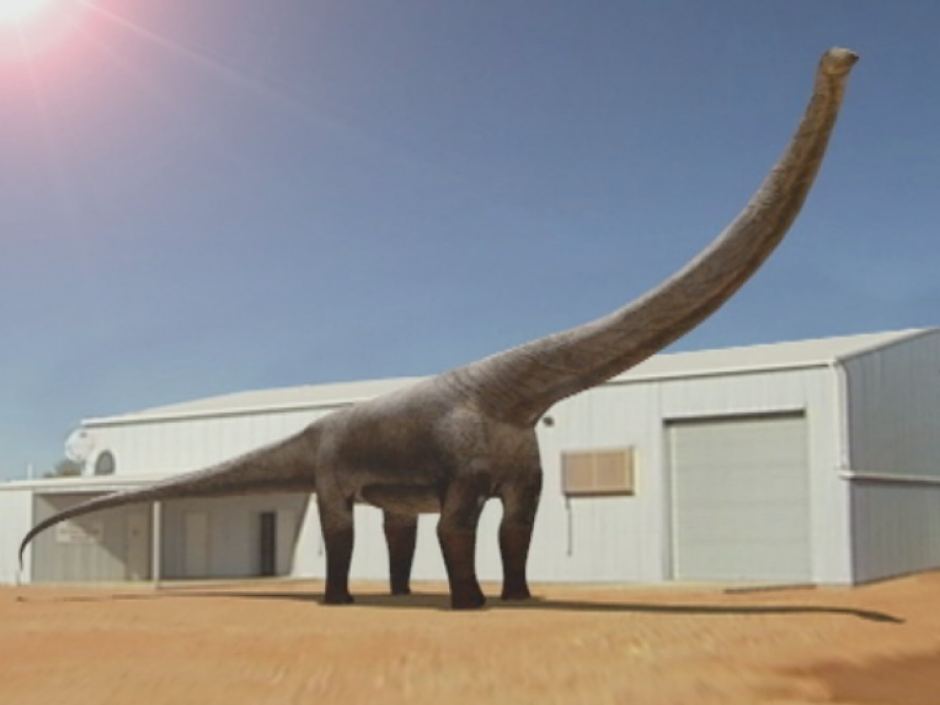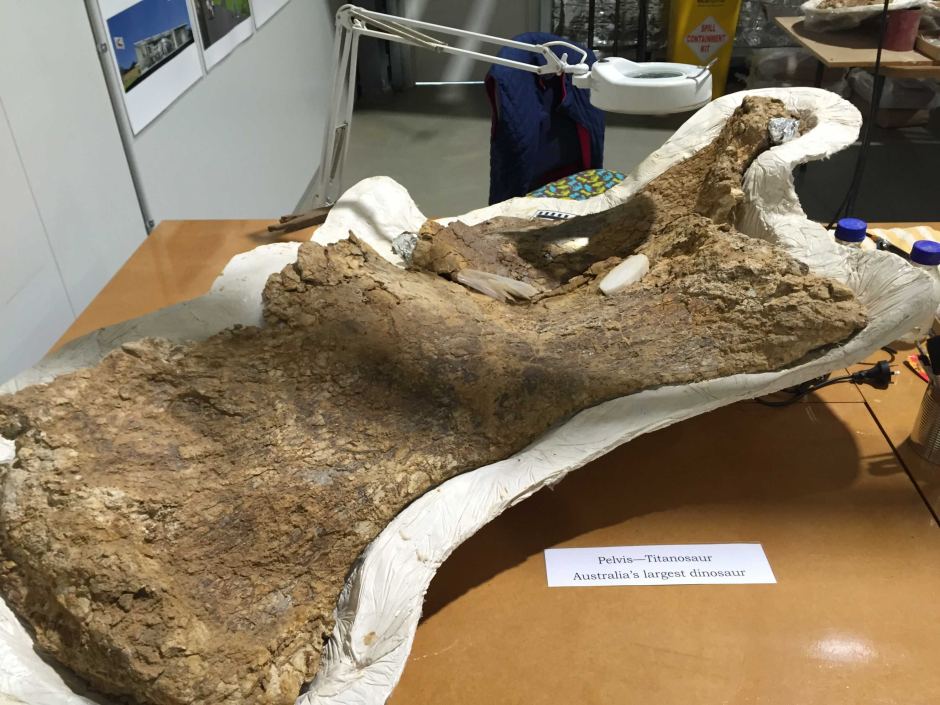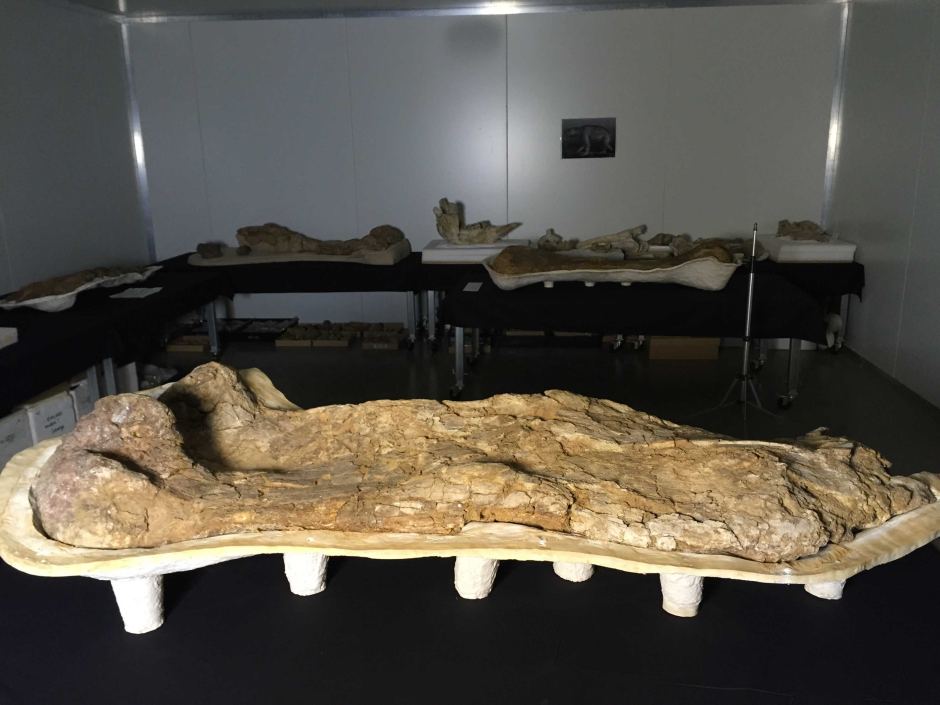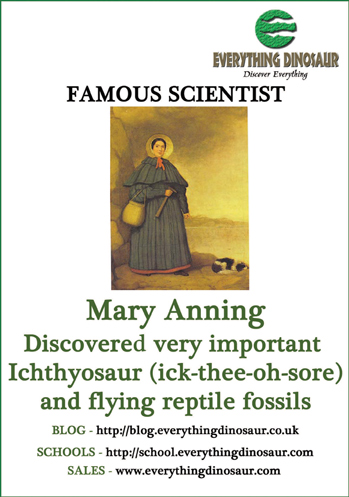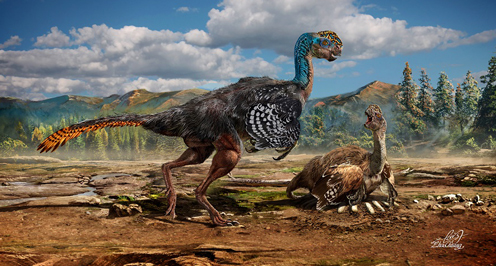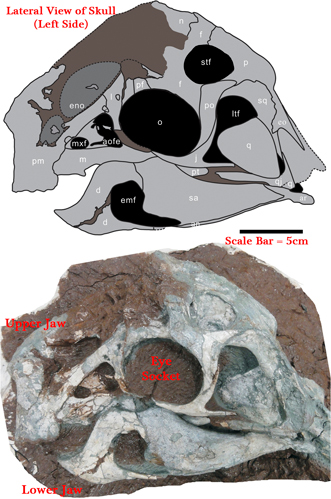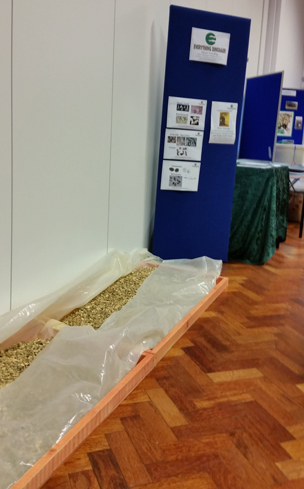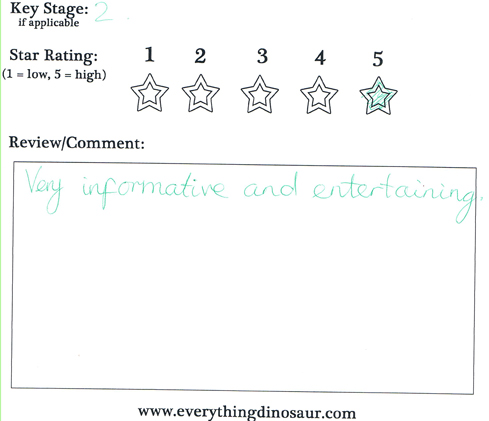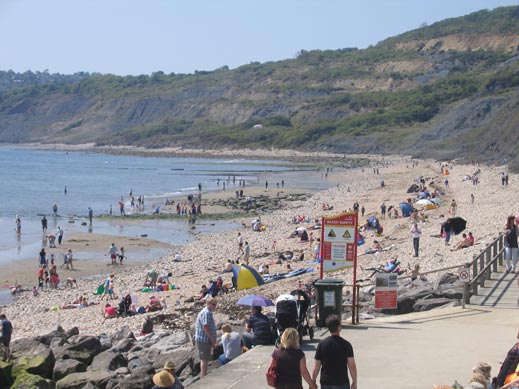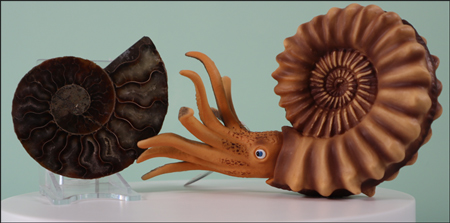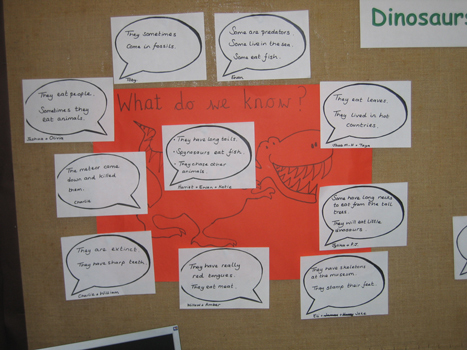Wendiceratops pinhornensis from southern Alberta
North America’s Newest Centrosaurine is Also One of its Oldest
The Royal Ontario Museum (Canada) put on exhibit this week the horned dinosaur Wendiceratops (W. pinhornensis) and what a splendid new addition this exhibit is. There has been lots of media coverage regarding this dinosaur, but we at Everything Dinosaur wanted to clarify three points that had been made in a number of publications, this is not a newly discovered ceratopsian, the bone bed containing the fossils of these one tonne dinosaurs was found way back in 2010. It has taken over five years to prepare the bones, study them and then to publish a scientific paper on this new dinosaur.
An Illustration of Wendiceratops pinhornensis
Picture credit: Danielle Dufault
Not Closely Related to Triceratops
Secondly, this horned dinosaur that roamed southern Alberta approximately 79 million years ago (78.7 to 79.0 million, according to radiometric dating from nearby Kennedy Coulee Ecological Reserve which is believed to be of the same geological age), was not that closely related to Triceratops.
Mention a new type of horned dinosaur and Triceratops comes trotting out as a comparison. We think this is because, since Triceratops is one of the best known of all the dinosaurs, journalists use “Trike” as a sort of “dinosaur clothes horse” upon which the story can be hung. True, the horn configuration between Wendiceratops and Triceratops is very similar, both have large brow horns and a smaller nose horn, but in reality Wendiceratops and Triceratops are separated by at least ten million years and they are members of two different sub-families of the Ceratopsidae.
- Wendiceratops is a member of the centrosaurines
- Triceratops belongs to the chasmosaurine group
On Display at the Royal Ontario Museum (Toronto, Canada) a Cast of Wendiceratops
Picture credit: Royal Ontario Museum
A reconstructed skeleton of the dinosaur called Wendiceratops pinhornensis is pictured above, the fossils in the type locality represent at least four individuals, three adults and a juvenile. This dinosaur has been described from approximately 220 bones that were found in a single bone bed. The scientific paper that has been published reaffirms the very high diversity of North American ceratopsians and this supports the theory that around 80 million years ago there was a rapid evolutionary radiation of the Ceratopsidae. Although a large and prominent, (although somewhat flattened) nose horn has been inferred, the nasal bone is only represented by fragmentary specimens and the actual shape of the nose horn is not known.
The Earliest Evidence of a Tall Nose Horn
Wendiceratops can claim to provide the earliest evidence of a tall nose horn being found in the Ceratopsians. Not only does this centrosaurine tell scientists that by 79 million years ago, horned dinosaurs existed with large, nose horns, the research reveals that a large, cone-shaped nose horn evolved in this group at least twice in the evolutionary history of the Ceratopsidae.
Those Necks and Horns
It used to be thought that horn and neck frill configuration was a good methodology when it came to tell centrosaurine and chasmosaurine dinosaurs apart. Back in the old days (pre-2000), when a lot fewer species of North American horned dinosaur had been described, a number of writers classified these types of dinosaurs based on the size, orientation and morphology of those nose horns and their accompanying neck frill. For example, in general it was thought that centrosaurine dinosaurs such as (Brachyceratops, Einiosaurus, Xenoceratops and Centrosaurus) had short frills (relatively), combined with a large nose horn and much smaller horns over the eyes.
In contrast, the chasmosaurine dinosaurs such as Pentaceratops, Triceratops and Torosaurus had much more elongated neck frills, a small nose horn and much larger brow horns. With the spate of recent discoveries these ideas have proved to be too simplified, Ceratopsidae classification has got a lot more complicated as new genera have been described.
A case in point is the recently described (June 2015) Regaliceratops, a member of the chasmosaurine group but with characteristics of a centrosaurine.
To read more about the research into Regaliceratops: A Right Royal Rumble.
A Skeletal Drawing of Wendiceratops (W. pinhornensis)
Picture Credit: Danielle Dufault
Last but not Least that Trivial Name Wendiceratops pinhornensis
The third point we wanted to clear up was the specific or trivial name “pinhornensis”. The species name has nothing to do with the shape, size or orientation of any horn, it refers to the Pinhorn Provincial Grazing Reserve in southern Alberta, where the bone bed is located.
Honouring Wendy Sloboda
The genus name honours the remarkable Wendy Sloboda, who discovered the type locality back in 2010.
Wendy has a Dinosaur Named After Her
Picture credit: Michael J. Ryan (one of the authors of the scientific paper published in the journal PLOS One)
Today we pay tribute to all those field workers, scientists and technicians that have helped prepare the Royal Ontario Museum exhibit, special mention to all those that helped remove the enormous rock overburden that permitted the bone bed to be fully explored. Along with the fossilised remains of a Ceratopsian, the scientists found two tyrannosaurid teeth (genera not known), along with other reptilian remains, notably turtles and crocodilian.
The Beasts of the Mesozoic range consists of a large number of ceratopsian figures including a Wendiceratops. To view the range of models and figures: Beasts of the Mesozoic Articulated Dinosaur Figures.


